With the continuous growth in global resource demand, the choice of mining
methods has a significant impact on resource utilization efficiency, economic
benefits, and environmental protection. Open-pit mining and underground mining
are two main approaches, each with its own advantages and limitations. This
article systematically compares these two methods from the perspectives of
technical characteristics, economic efficiency, and environmental impact, aiming
to provide reference for mining enterprises in selecting the optimal mining
method.

Use the table of contents below to navigate through the guide:
01Comparison of Technical Characteristics
1. Technical Features of Open-Pit Mining
Open-pit mining involves removing surface overburden to extract mineral
deposits directly, and is suitable for shallow or surface-level ore bodies. Its
main features include:
Fast extraction rate: Capable of extracting large quantities of ore in a
short time, ideal for large-scale operations.
Lower production costs: Relies on large-scale equipment (such as electric
shovels and loaders), resulting in lower unit costs.
Suitable conditions: Performs best with large, high-grade deposits and simple
geological structures.
However, open-pit mining also presents clear
disadvantages:
Significant environmental impact: Destroys surface vegetation, leading to
soil erosion, groundwater pollution, and other issues.
Depth limitations: As mining depth increases, engineering difficulty and cost
rise substantially.
2. Technical Features of Underground Mining
Underground mining accesses ore bodies through the construction of shafts,
tunnels, and drifts, making it suitable for deep or geologically complex
deposits. Its features include:
Lower surface environmental impact: Minimal disturbance to surface
ecosystems, suitable for ecologically sensitive areas.
Higher resource recovery: Allows precise control of the mining area, reducing
ore loss.
Suitable conditions: Ideal for high-value ore bodies, thin veins, or complex
geology.
However, underground mining also poses several
challenges:
High cost: Requires complex infrastructure (e.g., ventilation and drainage
systems) and support technologies.
High technical demands: Involves safety risks (such as collapse or gas
explosions) and greater labor intensity.
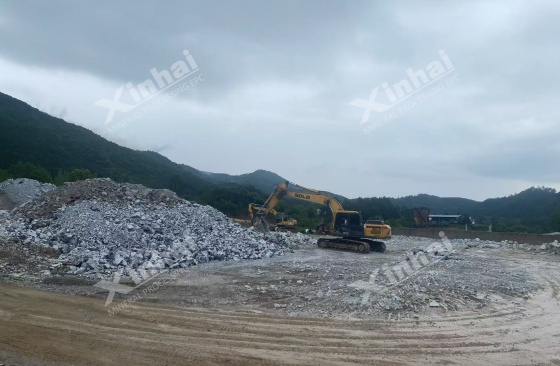
02Economic Benefits and Cost Analysis
1. Economic Aspects of Open-Pit Mining
Open-pit mining has notable economic advantages:
Low initial investment: Equipment costs are concentrated, and transportation
is relatively inexpensive.
Significant economies of scale: Best suited for large deposits with lower
unit mining costs.
However, as depth increases, the costs of environmental remediation and waste
management may rise significantly.
2. Economic Aspects of Underground Mining
The economic value of underground mining is more evident over long-term
operations:
High resource utilization: Especially effective for high-grade ore,
minimizing waste.
Long-term stability: Suitable for deep ore bodies, ensuring a steady ore
supply.
Nevertheless, it requires a higher initial investment (e.g., shaft
construction and equipment purchase) and entails higher transport and
maintenance costs.
03Environmental Impact and Sustainability
1. Environmental Impact of Open-Pit Mining
Open-pit mining directly affects the ecosystem:
Surface destruction: Removal of vegetation and loss of wildlife habitats.
Soil and water contamination: Waste rock piles can cause long-term
environmental issues.
2. Environmental Impact of Underground Mining
Underground mining has less surface impact but still needs attention:
Disruption of groundwater systems: May cause water level drops or changes in
water quality.
Geological structure alteration: Risk of secondary disasters such as
subsidence must be managed.
3. Strategies for Sustainable Mining
To achieve environmentally responsible mining, the following measures can be
taken:
Ecological restoration: Prompt re-vegetation and land reclamation after
mining.
Environmental monitoring: Regular assessment of air, water, and soil
quality.
Technical optimization: Use of eco-friendly technologies, such as rainwater
recycling systems.
4. Choosing the Right Mining Method Based on Ore Body
Conditions
The selection of mining method should consider the following:
Depth: Shallow deposits are suitable for open-pit mining; deep deposits for
underground mining.
Scale: Open-pit mining is more effective for large-scale ore bodies.
Dip angle: Small dip angles favor open-pit mining; large dip angles suit
underground mining.
Stability: Underground mining is preferable for geologically complex ore
bodies.
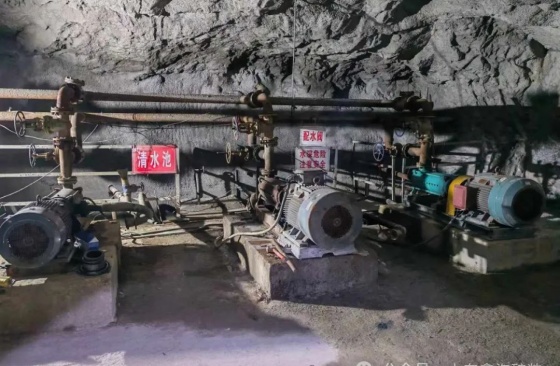
Conclusion
Both open-pit and underground mining have their own advantages and
disadvantages. The choice should be based on ore body conditions and actual
project needs:
Open-pit mining: Best for shallow, large-scale, and geologically simple ore
bodies, offering high economic efficiency but with greater environmental
impact.
Underground mining: Suitable for deep, high-value, or ecologically sensitive
deposits, offering better environmental outcomes but with higher costs.
In the future, with technological advancements, optimizing mining methods and
strengthening environmental protection will be key to the sustainable
development of the mining industry. Through scientific decision-making and
effective management, mining enterprises can strike a balance between economic
benefits and ecological preservation.

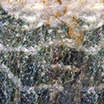
 marketing@ytxinhai.com
marketing@ytxinhai.com  0086 13810327080
0086 13810327080 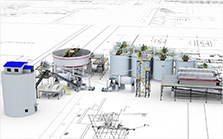
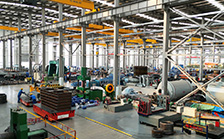
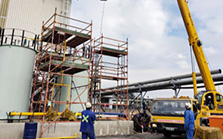
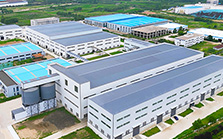
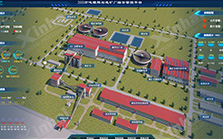

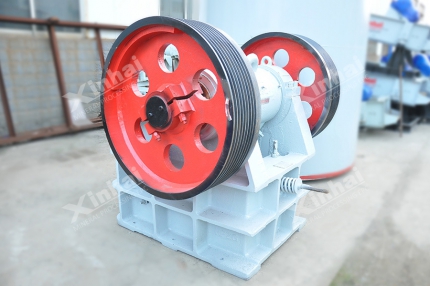

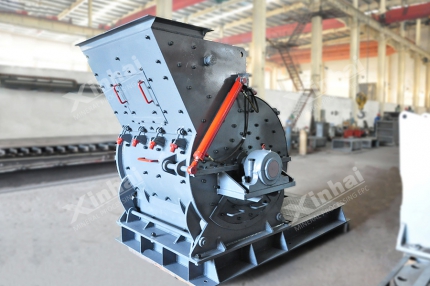
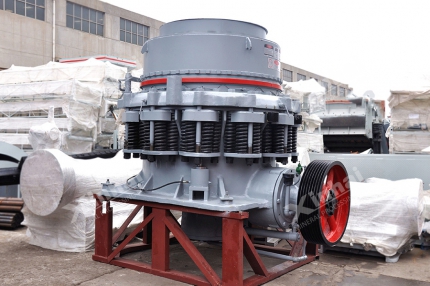
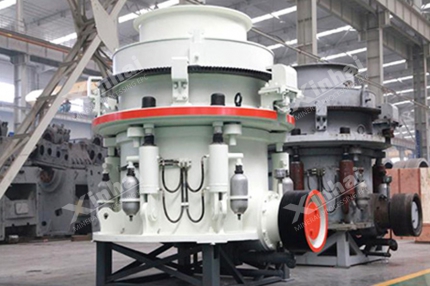
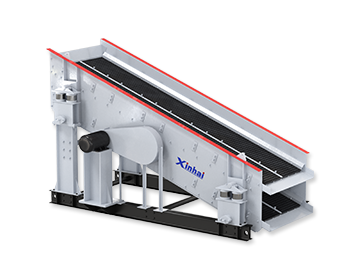
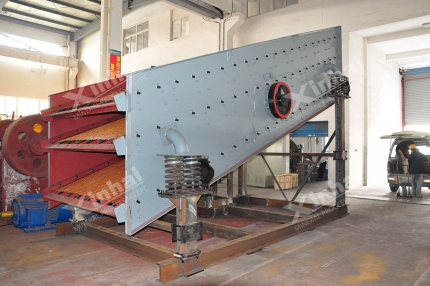

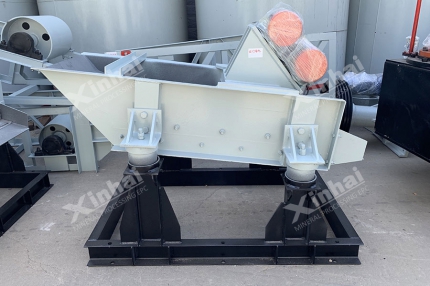
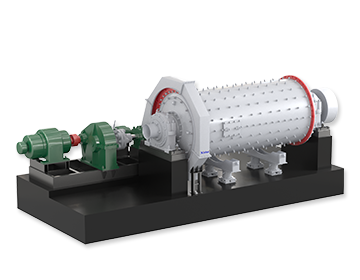
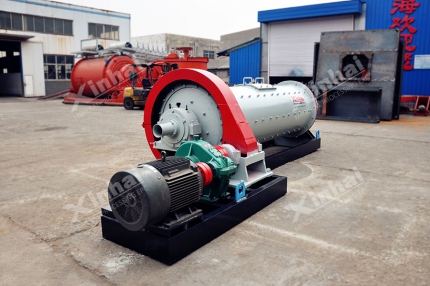
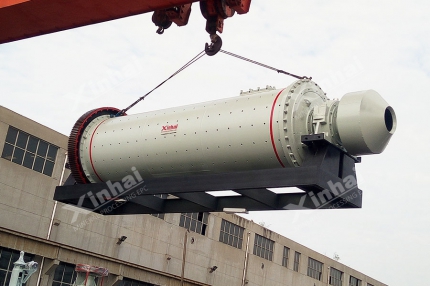
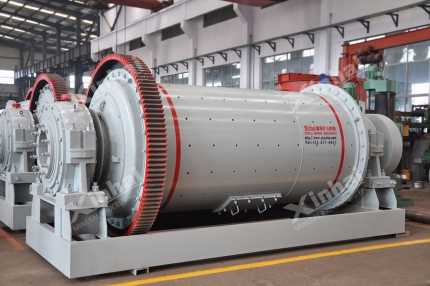
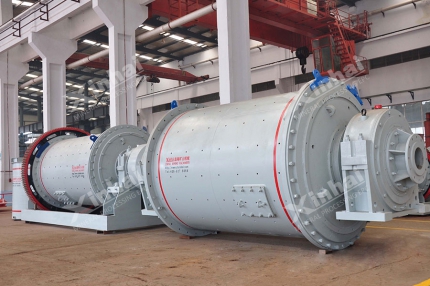
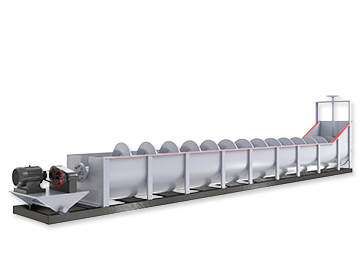
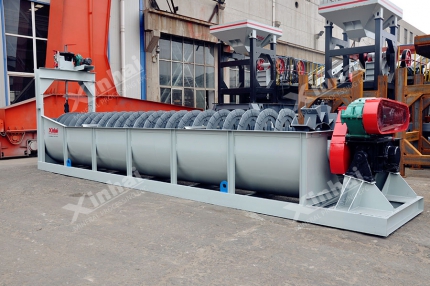
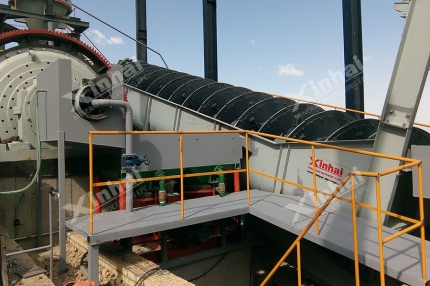
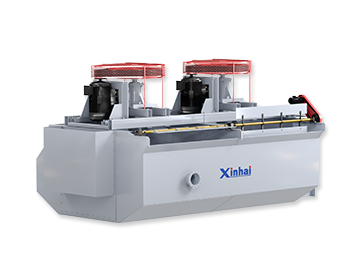
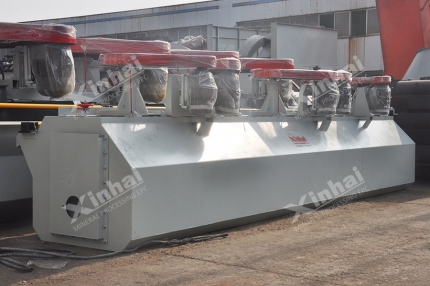


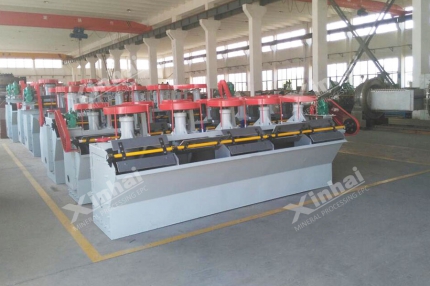
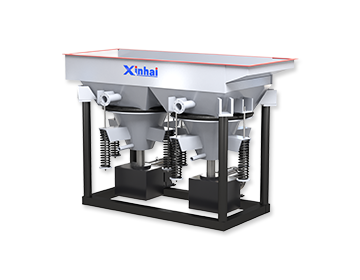
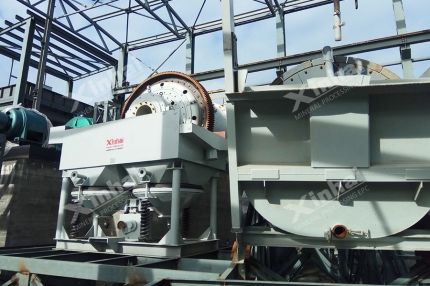
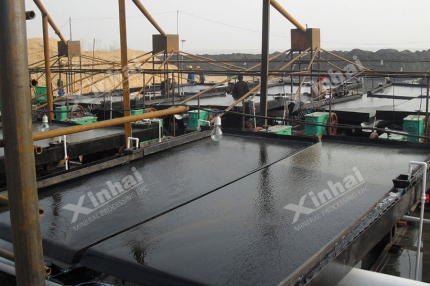
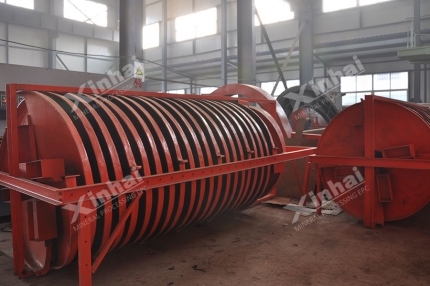
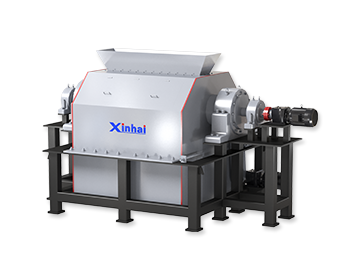
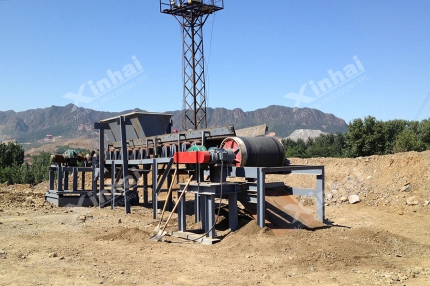
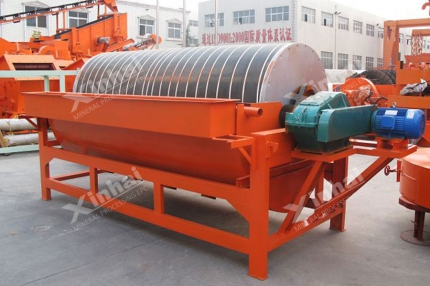

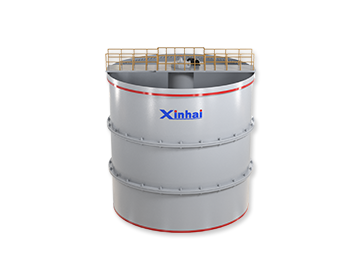
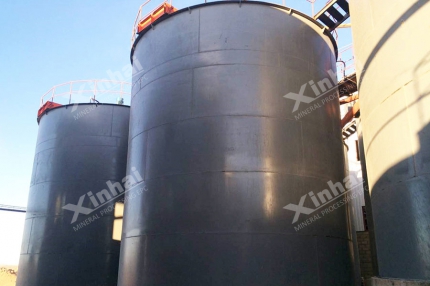
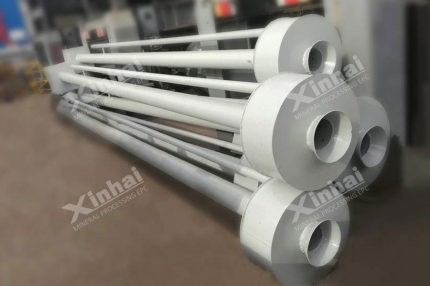
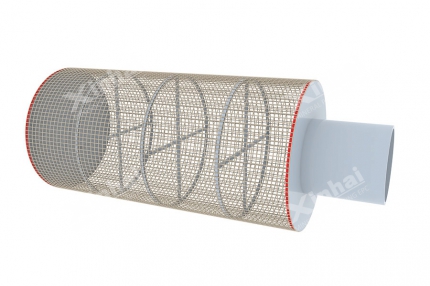

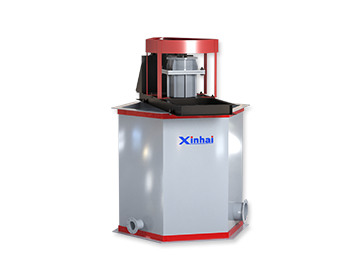
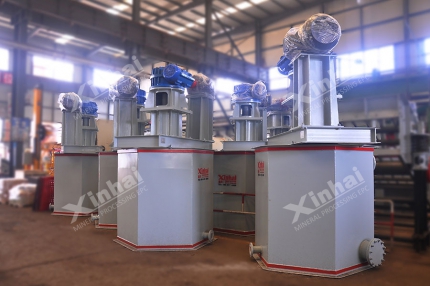
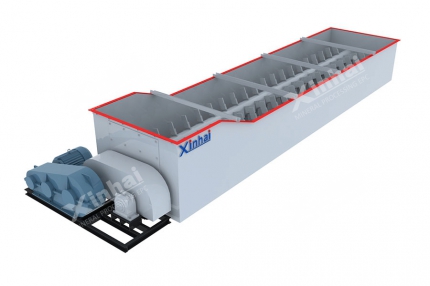

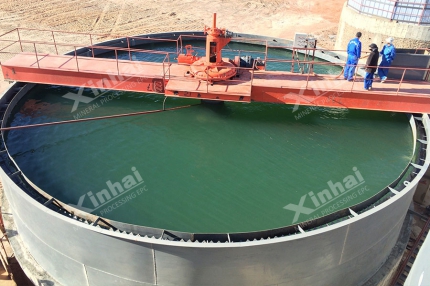




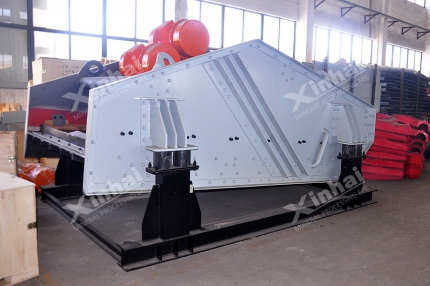
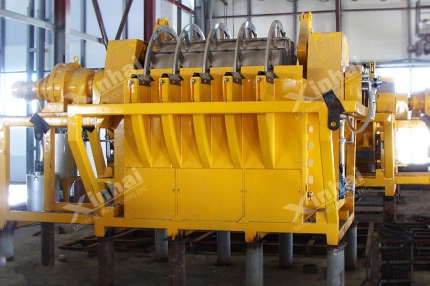
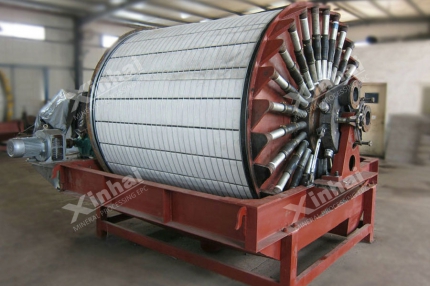
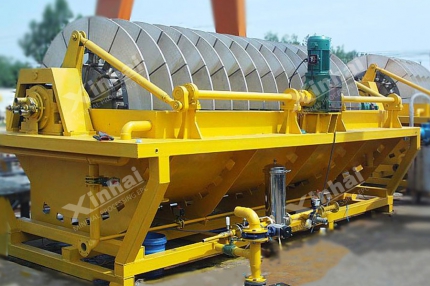
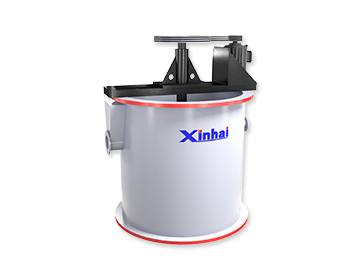
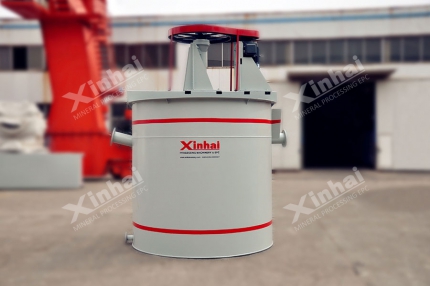
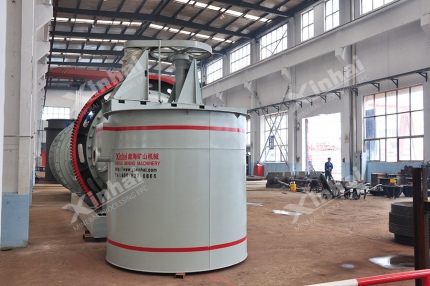

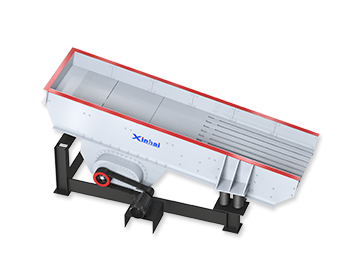
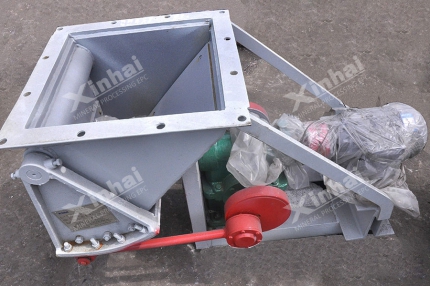


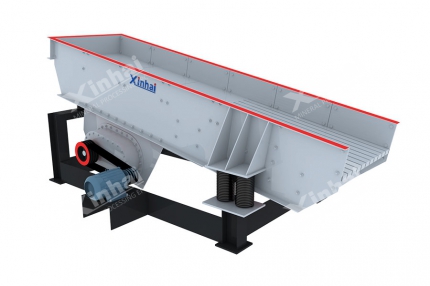
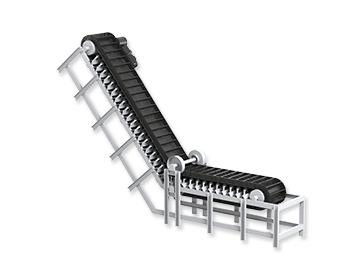
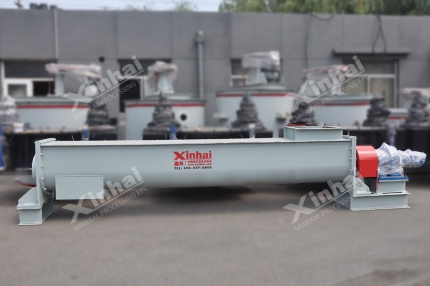
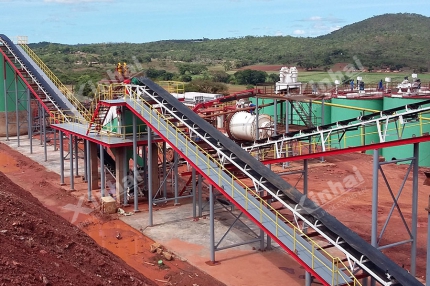
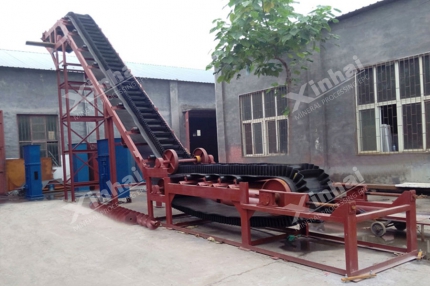
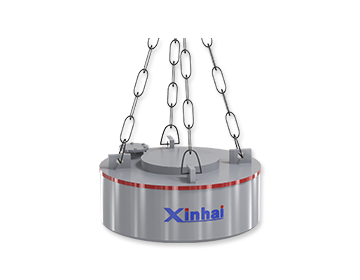
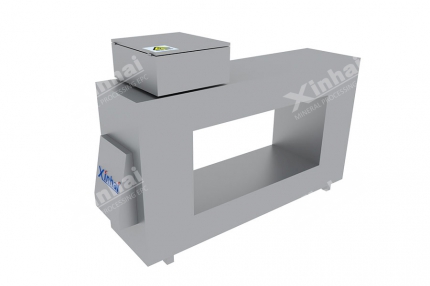
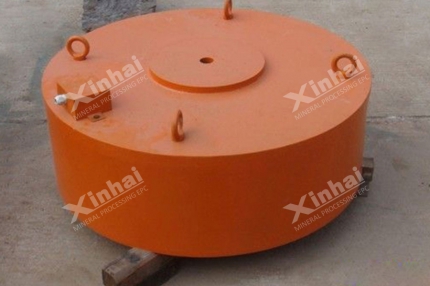
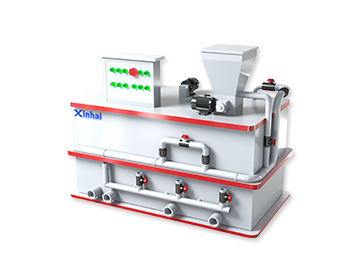
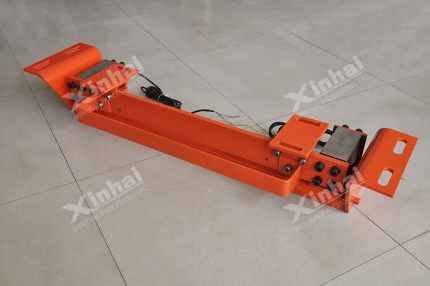
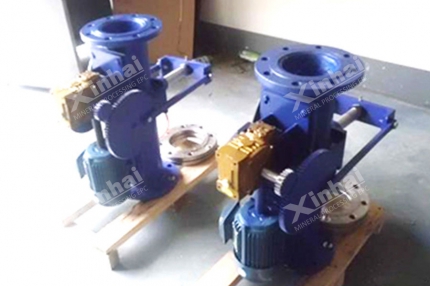

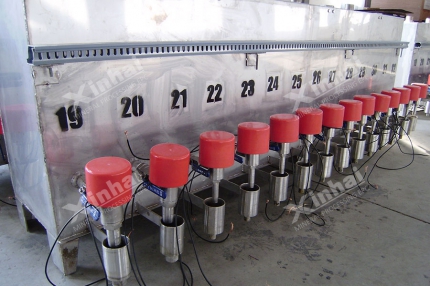
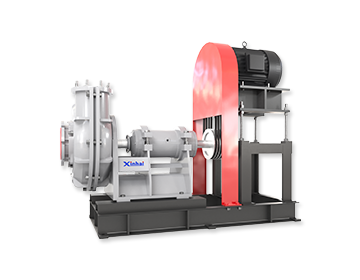
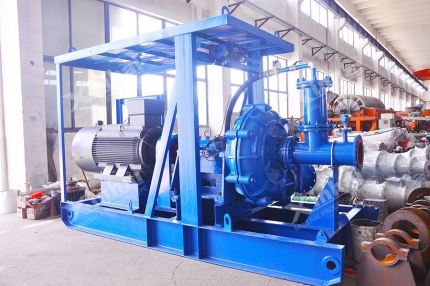
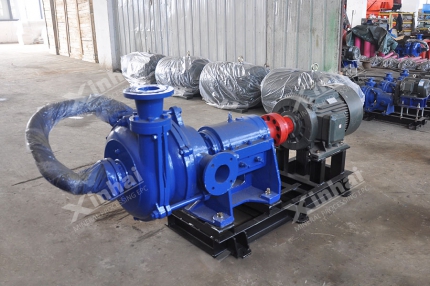

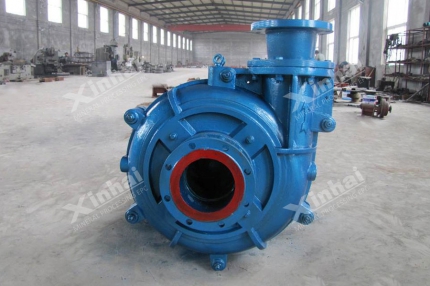
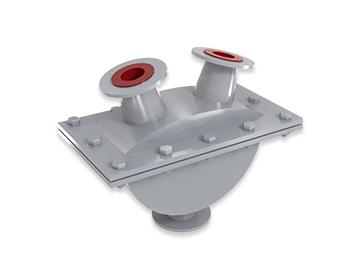

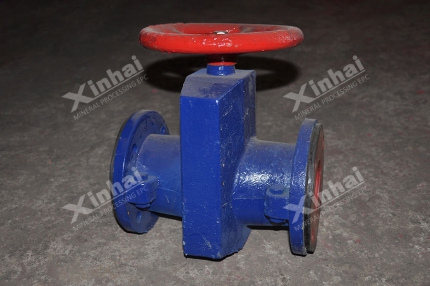
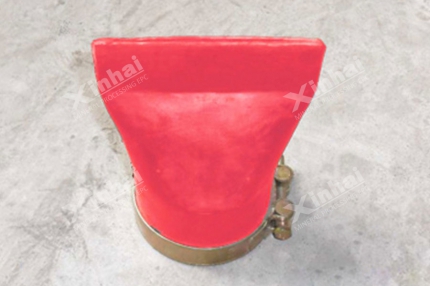
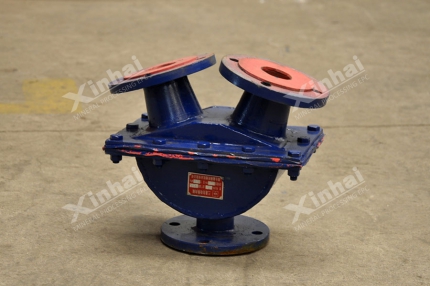
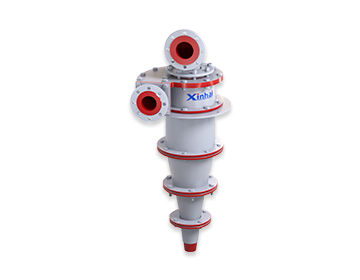
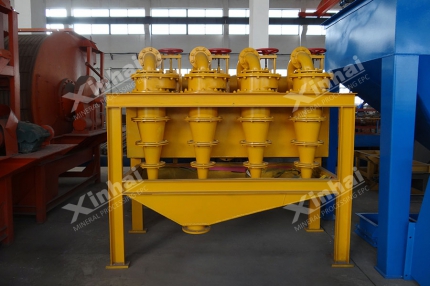
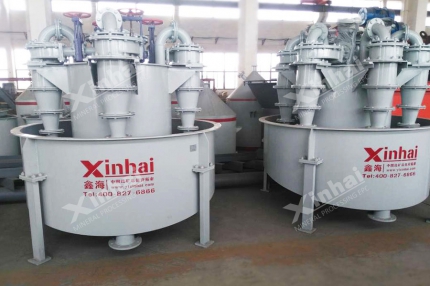
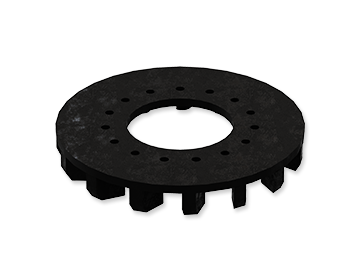
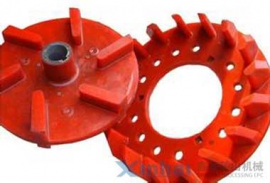

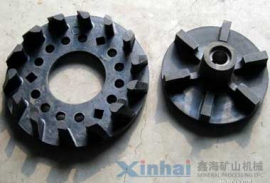
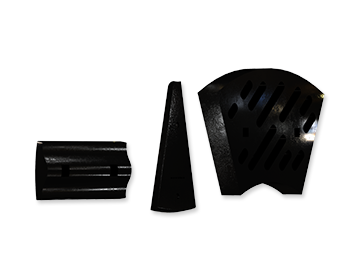
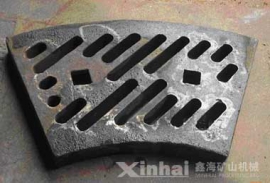

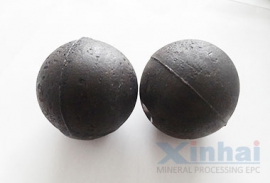
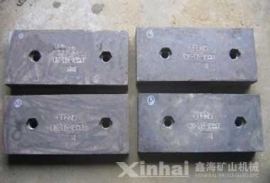
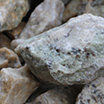
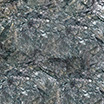
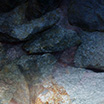
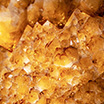


 CHAT
CHAT MESSAGE
MESSAGE







